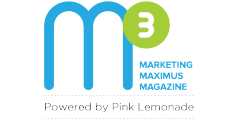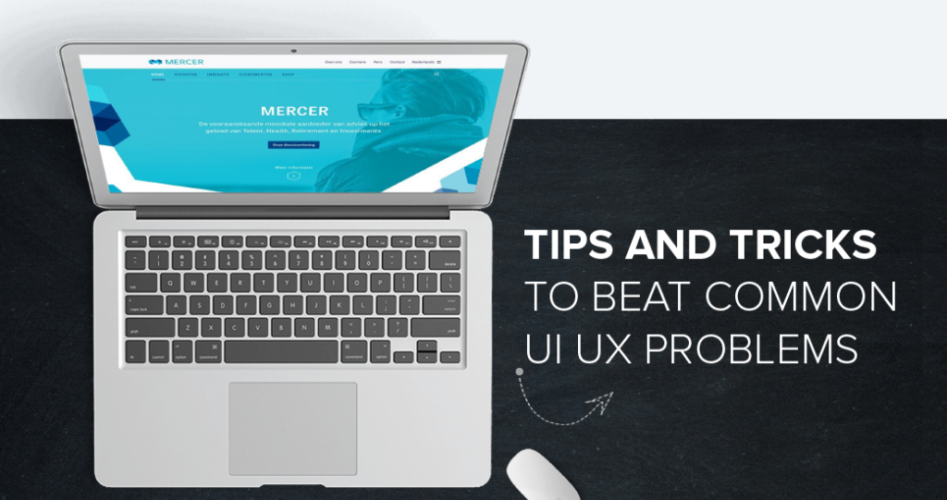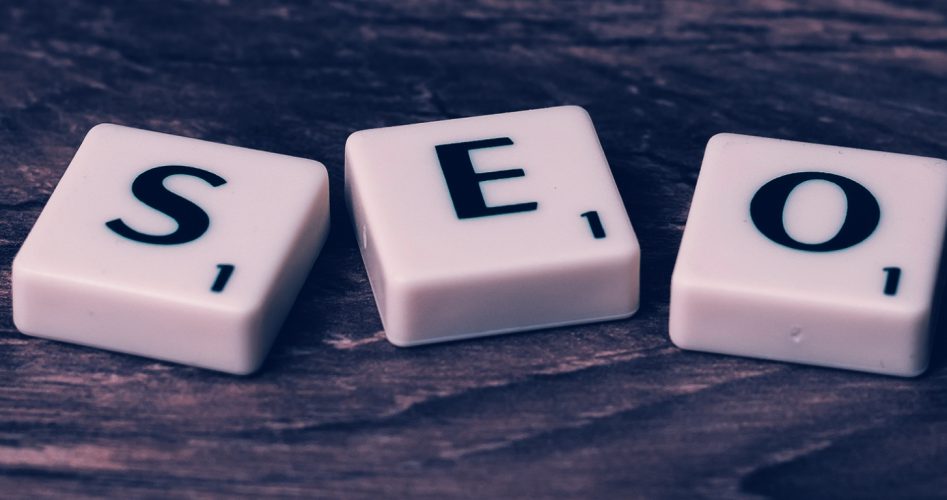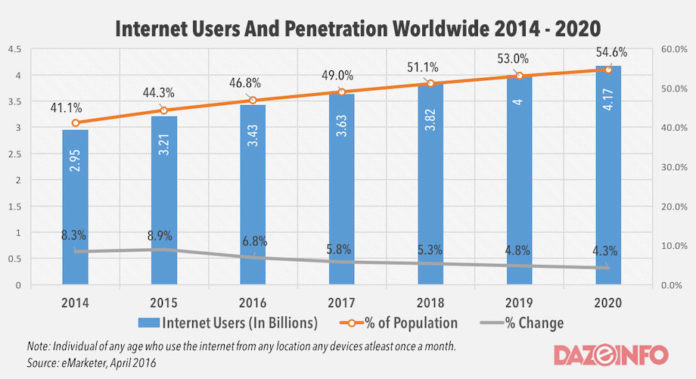Gone are the days when the sheer quality of your product or service would determine the success of your business. Today, as we find ourselves amidst a digital revolution, an online presence is imperative to connect with customers and convert prospects.
With most businesses turning to the online world to widen their consumer base and drive revenue, competition in this space is at its peak. Add the dwindling attention span of consumers to this equation, and the challenge of sustained engagement becomes fully apparent. To help overcome these barriers, you need to develop an impactful User Interface (UI) design and User Experience (UX) design that:
 Improves organic search results
Improves organic search results Boosts website traffic
Boosts website traffic Engages visitors better
Engages visitors better Drives home your message faster
Drives home your message faster Increases conversion rates
Increases conversion rates Creates a strong impression
Creates a strong impression
While the solution may seem straightforward, the secret behind effective interactions depends on your ability to efficiently resolve technical glitches in the design.
Overcome UI and UX Design Challenges, the Easy Way
When every touch point becomes an experience, it is likely that the consumer will return without further incentive. However, even the best UI UX designs have inefficiencies, and you need to be on your toes to resolve them swiftly.
Getting too heady too soon
The Problem
Large, fixed headers are selling like hot cakes today. And the reasons are clear — they offer an obvious aesthetic appeal and enable faster navigation. However, companies often focus all their efforts on appearance and ignore functional pitfalls such as poor readability and suboptimal mobile experience.
The Solution
Luckily, there is a way to have the cake and eat it too. Firstly, you can program the bar to collapse as you scroll down. By doing this, you create a sound first impression without compromising on your central message. Else, you can also design the bar to be translucent — allowing visitors to read on while being blown away by your artistic capabilities.

Hijacking the Experience
The Problem
Scroll hijacking seems to be the next big trend among UX designers. But what exactly is it? Simply put, scroll hijacking is a JavaScript-controlled tool that allows developers to manipulate how the scroll bar on a website functions. Here’s an example — http://www.milwaukeepolicenews.com/#menu=stats-page
While this works for certain websites with graphic-heavy content, it is essential that you don’t adopt this function purely on the basis of its growing popularity. High bounce rates is a potential risk that websites face when they adopt scroll hijacking. This is primarily because users are typically not used to varying scroll behavior, and could easily find the experience alien and disruptive.
The Solution
If you’re convinced about using the scroll hijacking function in your website, testing the prototype on a handful of users is a must. This could help uncover several glitches and complications, and give you a clear direction on how to further develop the website. One company that has nailed the use of scroll hijacking is Tumblr.com. By breaking content into clearly divided sections, Tumblr flaunts one of the best UI UX designs, enhancing the overall user experience with this Java-controlled tool.
Falling Short in a Sea of Space
The Problem
Carousels are one of the most commonly used themes across the web. Although they demand considerable real estate, carousels play a key role in determining the ultimate success of a website. However, if not designed carefully, these can prove to be a great deterrent to both visitors and your business. Users can be left confused and you can be left frustrated —taking you further away from your business objectives.
The Solution
To improve user experience and drive favourable consumer behaviour, carousels need to engage users. Which is why, we bring you a three pronged approach to maximize impact.
Powerful content to drive home your central message
Banners provide a great opportunity for you to display your key message and encourage visitors to move one step closer to a desired action.
Optimal number of banners for better engagement
It is important to ensure you don’t have too many or too few banners in your carousel. Experts generally advise 3-5 banners to optimize user experience without losing their attention.
Bold arrows to show the way forward
Another aspect that is often overlooked is the navigation arrow. Add big, visible arrows that allow for easy clickability to keep users happy — and equally importantly — on your website!

To ensure a seamless customer engagement journey, you need to overcome several web design challenges. Having a website that fully leverages the UI UX design goes a long way in helping iron out these issues without compromising on short-term results. While almost every UI design company focuses its efforts on visual impact, we now know better.
With these key tips in mind, gear up to revamp your website and boost business results, sustainably and economically.








